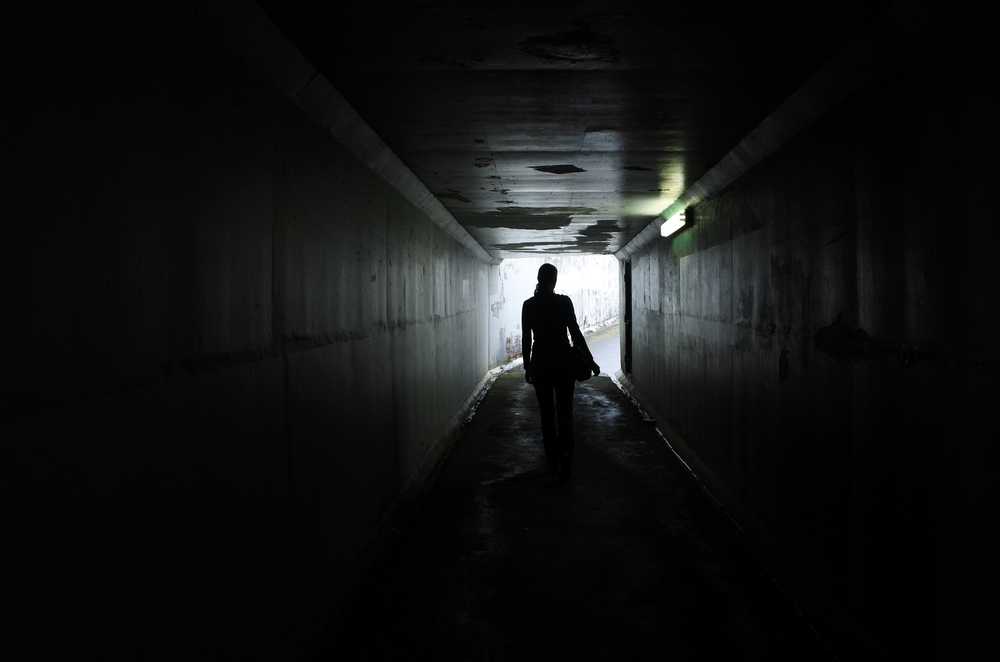No child chooses to be a prostitute. No 11 year old girl spreads out her Barbies on her bed on a rainy Saturday afternoon to play “hooker and john.” No teenage girl doodles her way through geometry class, dreaming about hitting the streets to have sex with a dozen nameless men that night.
“Child prostitute?” There is no such thing. Let’s banish the phrase, call it slavery and work to solve the issue. Because stories like Tami’s and Sandra’s are too common, too horrific, and too real:
A pimp kidnapped Tami on her way home from school in Los Angeles. He held her captive for six months, raping, beating and starving her. At night, he sold Tami for sex with other men. Tami tried to escape by telling every john who purchased her that she was only a kid. For months, Tami pleaded with her buyers: “I’m only 15. Can you please take me to a police station?” But none did. When she finally encountered police officers, they did not rescue her; they arrested her…Sandra ran away from an abusive foster care home in Florida at 12. She was found at a bus stop by a pimp who promised to love and care for her forever. He sold her to at least seven men a night. Finally she, too, was arrested, for child prostitution.
Malika Saada Saar, special counsel on human rights at the Raben Group and director of the Human Rights Project for Girls, believes that child prostitution laws are archaic and dangerous. Worse, the systems that are supposed to guard the safety and well-being of children are often places of torment. Saar tells how children in foster care are often preyed upon:
Many of the girls are children who were in foster care. One survivor explained to me how the foster-care system is a convenient supply chain for traffickers. “In most of my 14 different placements in foster-care homes,” she said, “I was raped and attached to a check. I understood very early that I could be raped, cared for and connected to money. It was therefore easy to go from that to a pimp, and at least the pimp told me that he loved me.”
Child welfare systems do not properly identify or help children who are being trafficked for sex. Even when there is recognition of abuse, child welfare agencies often regard it as outside of their purview because the perpetrator is not a parent or caregiver. Child welfare agencies then shift the responsibility to law enforcement, which has failed to establish consistent protocols that treat trafficked children as victims of child abuse. These children are not routinely interviewed by sexual violence experts, as is done in other instances of child rape. Nor do prosecutors provide them the legal protections afforded to other sexually assaulted minors.
Girls who’ve already been victimized end up being held on criminal charges of prostitution and end up incarcerated. This means they receive little or no services to help them deal with the abuse they’ve endured. Meanwhile, “johns” are often let go on misdemeanor charges.
We can do better for our children. We must do better. Each of this children, Tami, Sandra and the hundreds of thousands like them in the United States alone, are created in God’s image and likeness. They are meant to be free to create, laugh, play, learn and grow in a healthy and safe manner. No more child prostitutes, no more child slaves, no more trafficked children.

